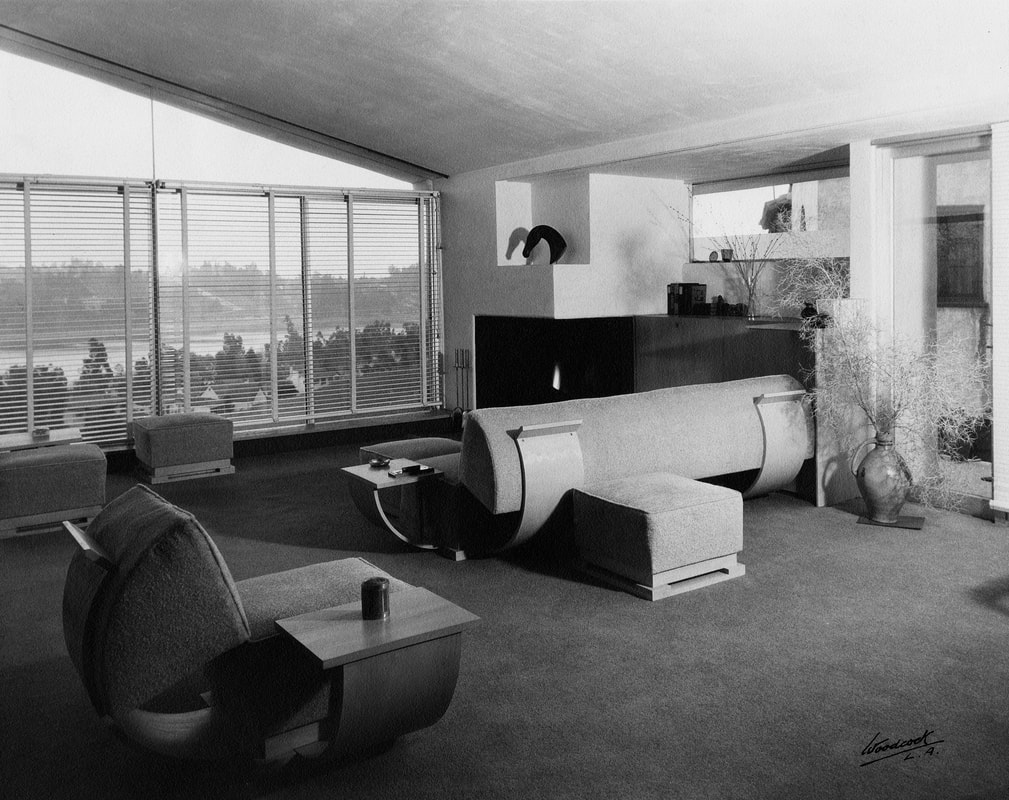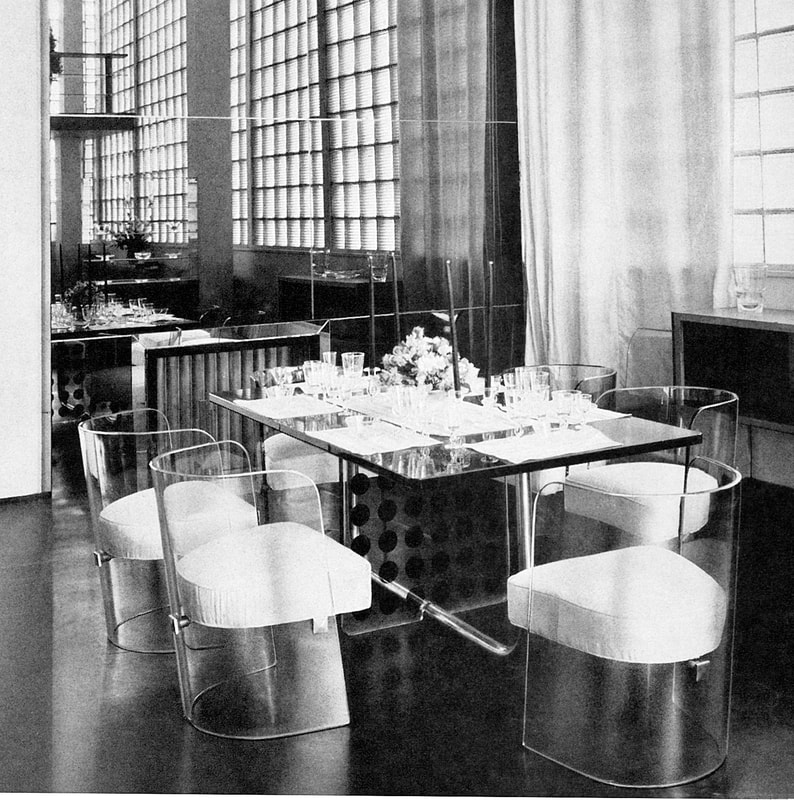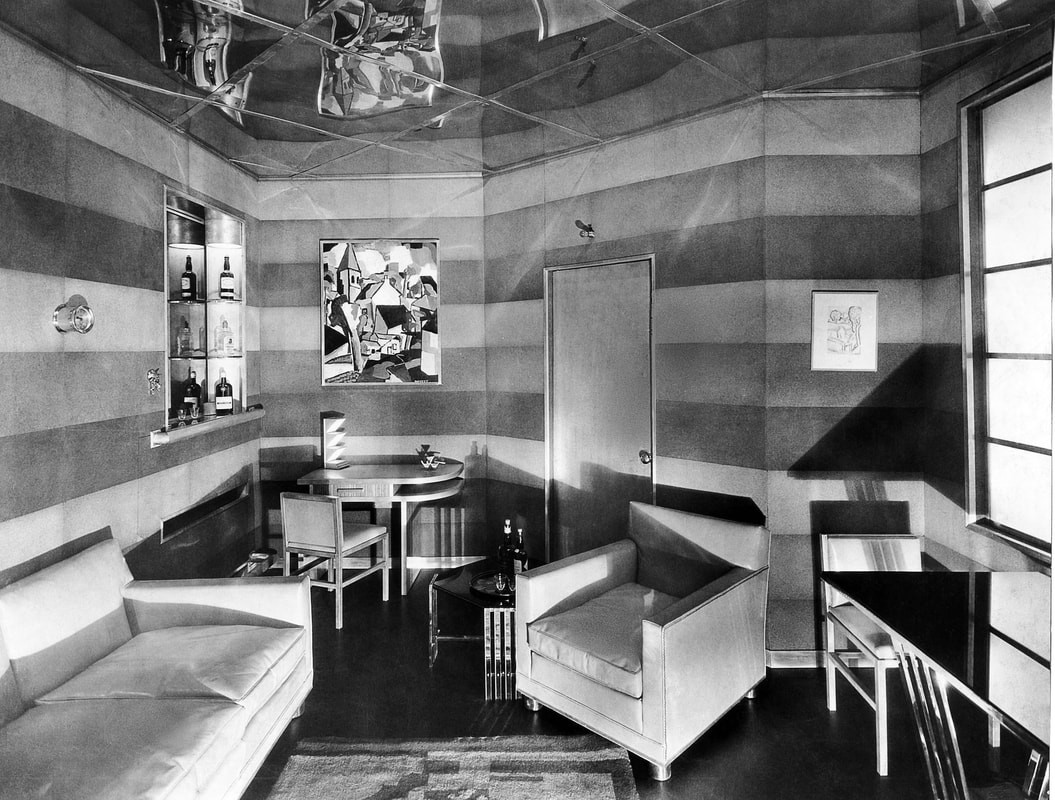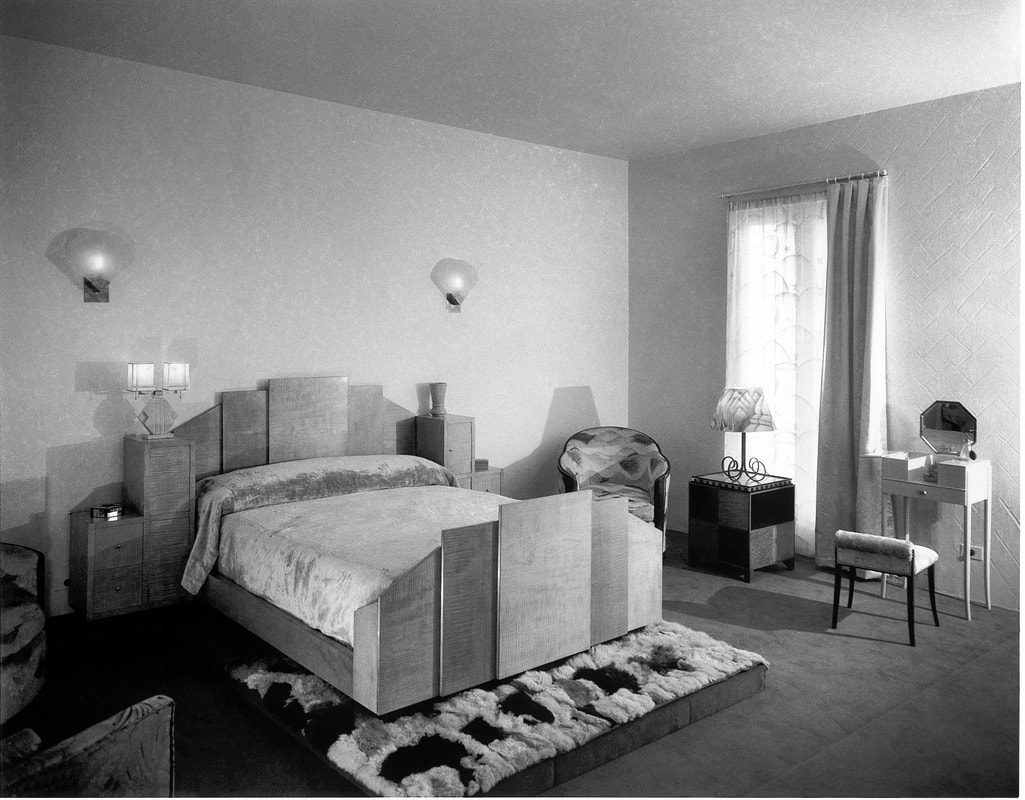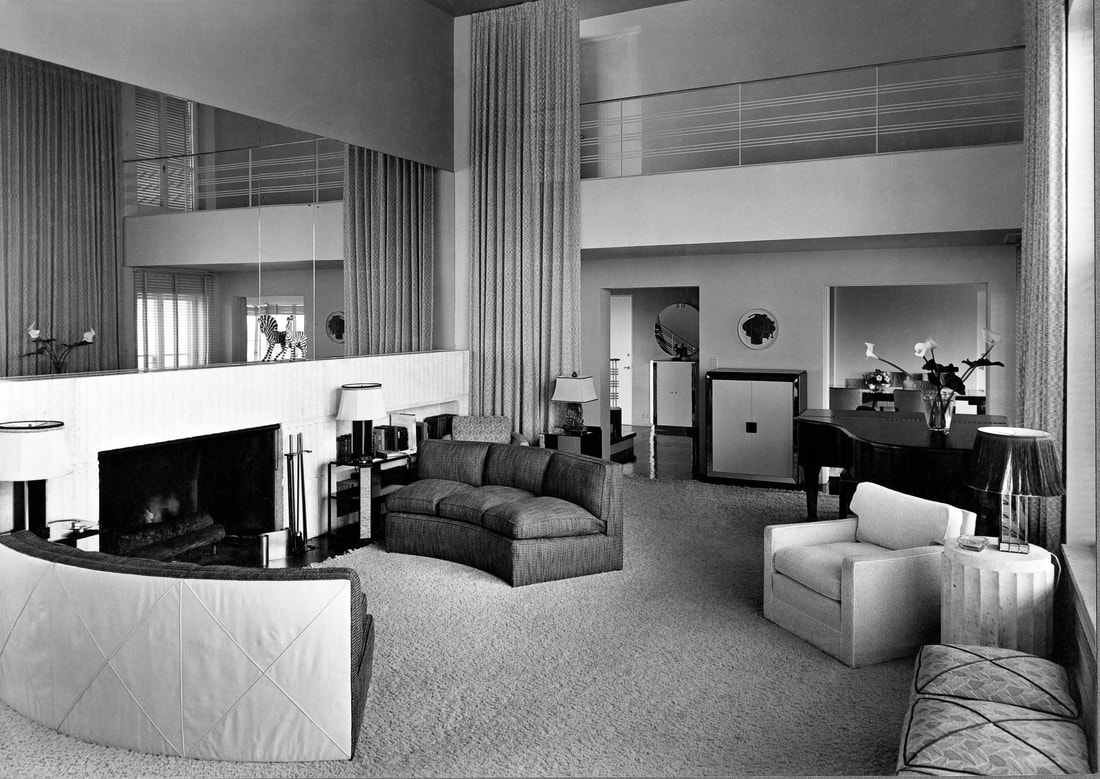It is hard to believe, when reading Marilyn F. Friedman’s new book ‘Making America Modern,’ illustrated with period photos of stunning modern interiors created in America during the 1930s, that just a couple of years earlier, America did not even have modern design. None. In fact, when invited to participate in the famed blockbuster Exposition internationale des arts décoratifs opened in Paris in April of 1925, the U.S. Departement of Commerce rejected, claiming that there was no modern design American to show. In her own thorough style, Friedman illustrates the evolution of American modern interiors during the years of the Great Depression, leading to WWII. It was a story of taste, patriotic and American as Coca-Cola, which itself had reached the status of a national icon in those years. It was also the story of those created, promoted, and exhibited this taste: designers, professional organizations, manufacturers, magazines, department stores, and expositions. While those who pioneered the writing of design history tended to call this mode ‘American Art Deco,’ this book demonstrates that the American modernist home did not resemble the more famed French style. Sech American designers as Paul Frankl, Norman Bel Gedds, and Gilbert Rohde were so convinced that their role was to pioneer a genuine American style, that they succeeded in creating one that was so glamour, modernist, and sleek, that it looked as if it was taken out of one of the films produced in Hollywood. The fact that the book is arranged chronologically, makes it easy to follow the evolution of modern design; it is moving from 1930, when the modern style started to take off in interior decor; through 1932 with the ambitious Radio City Music Hall; to 1939 and its two major expositions in San Francisco and in New York. With a wealth of inspiring, fresh images that you won’t see anywhere else, collected for years in archives, period magazines, and museums, and with Friedman’s meticulous descriptions, this book is a mandatory in any library of design loves, architects, and designers. Above: Rudolph Schindler, living room for Elizabeth Van Patten, Los Angeles, 1935. University of California, Santa Barbara, Architecture and Design Collection. Art, Design & Architecture Museum: Rudolph M. Schindler papers. © 2017 Marilyn F. Friedman

